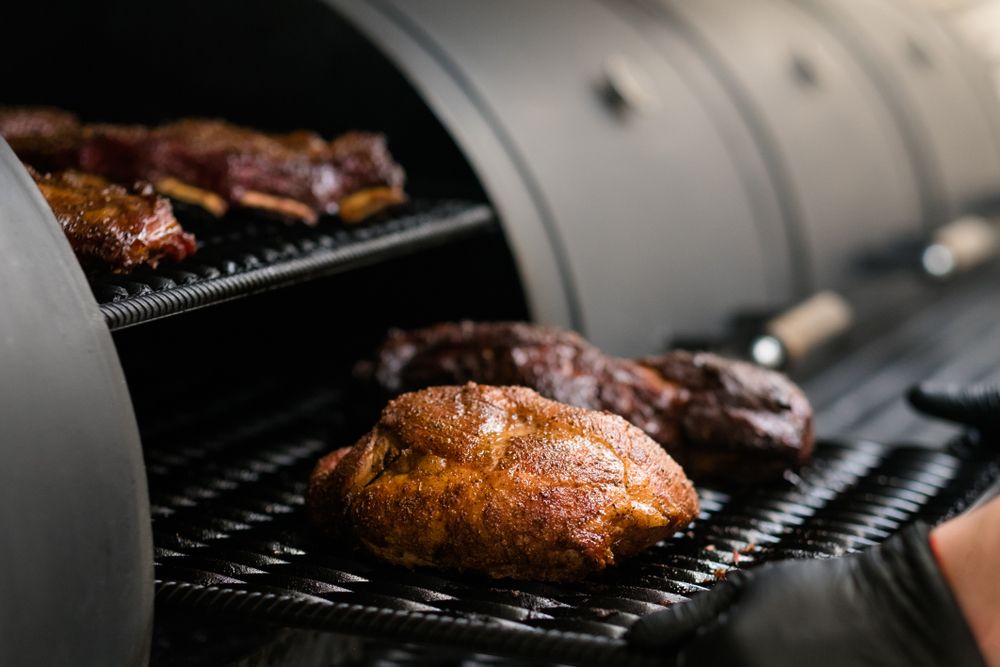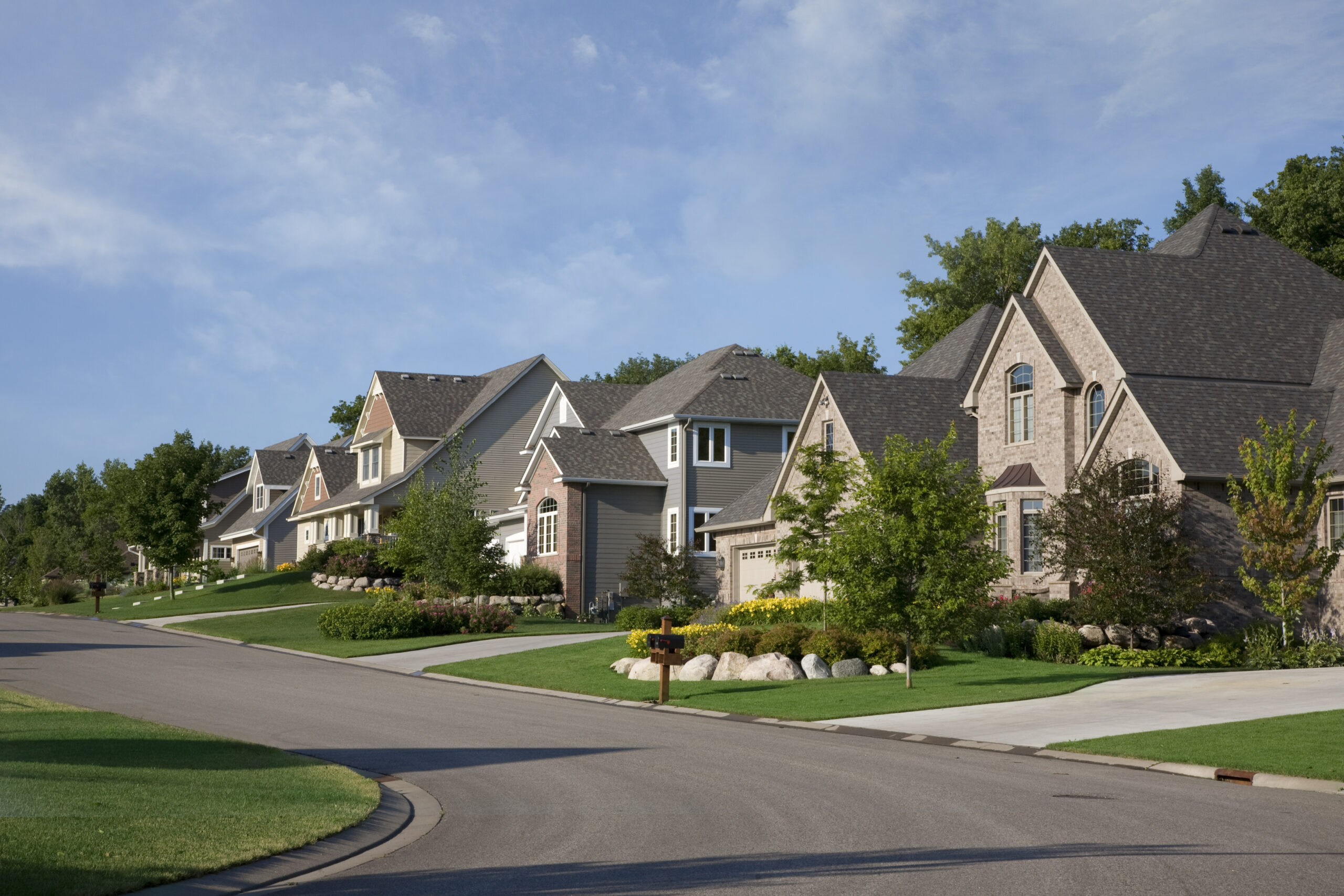
This entry is part of 14 in the series Safe With SocietySafe With SocietyBasic Hazards Associated with Meat Smoking7 Tips for Lifting Safety6 Tips to Reduce Workstation Aches and Pains8 Meat Slicer Safety Tips9 Smart Tips for Construction Site Personal Protective Equipment8 Tips for Grilling with Propane and Charcoal9 Steps to Investigating an AccidentControlling Kitchen Electrical Hazards5 Tips to Avoid Falls in Slippery Work Environments7 Common Food Safety Errors6 Tips to Control Crime8 Tips to Prevent Stepladder Accidents9 Fire Safety Tips8 Electrical Safety Tips The restaurant industry has always been one of the most highly competitive fields.New restaurants open on a regular basis, driving others to explore creative options to keep their customers happy.This is often accomplished by expanding menus and exploring alternate cooking methods.
In recent years, meat smoking has grown in popularity and the once regional staple can now be found offered in various restaurants across the country.Without question, a meat smoker may be responsible for some of your favorite tender, flavor-filled recipes.It’s an incredible asset and moneymaker, but it can also be hazardous if not properly maintained.
A cooking equipment fire can cause insurmountable damage to your staff and operation.Properly cleaning a meat smoker is crucial for fire prevention, as well as maintaining proper health standards. While meat smoking allows for a vast variety of flavoring, it presents its own unique hazards that are not found with standard cooking appliances.
Understanding the type of meat smoking and equipment being used will allow for proper preparation, reducing potential fire damages.How to Prevent Meat Smoking Hazards in Your Commercial Kitchen 4 Common Meat Smoking Hazards CreosoteImproper installationAsh, hot coal and woodchipsCarbon monoxideCreosote in Your Commercial Kitchen Regardless of the type of wood used during the smoking process, one hazard that can always be found is creosote.Creosote is a byproduct of wood burning and is the major cause of exhaust fires due to its high level of combustibility.
Creosote can build up on cooking equipment or in the exhaust hood and, if not properly addressed, it greatly increases the chance for fire-related damages.The role of grease as fuel in commercial kitchen fires is also well-known.The combination of creosote and grease is easier to ignite than creosote alone, and it burns hotter than creosote does alone.
These fires start quickly and spread very rapidly.Proper inspection, cleaning and maintenance will minimize the risk involved with meat smoking.Proper Meat Smoker Installation Before you consider adding smoked meats to your menu, it’s vital that the cooking appliance is installed properly and in accordance with NFPA 96.
NFPA 96 is a fire protection standard from the National Fire Protection Association that provides fire safety requirements intended to reduce the potential fire hazards of commercial cooking operations.NFPA 96, Chapter 14, Solid Fuel Cooking Operations, provides the safety requirements for solid fuel cooking, such as meat smoking.Some of the basic requirements include: Exhaust venting Location of the appliance Air movement Fire extinguishing equipment Procedures for the inspection Cleaning and maintenance of the appliance Minimum safety requirements for fuel storage and handlingAsh removal It is important to note that other requirements may also apply to specific appliances and installations.
The manufacturer’s installation instructions and owner’s manuals are provided with new appliances or can be obtained from the manufacturer if you purchase a used appliance.These instructions must be followed for the safe operation of the appliance and to prevent meat-smoking oven fires.You will need to select a contractor who services and installs commercial cooking equipment per NFPA 96.
They will know the standard and will make sure the installation meets requirements.The exhaust system for meat smokers is treated the same as for any other commercial cooking appliance.The entire exhaust system, including vent piping, shall be inspected for grease buildup by a properly trained, qualified, and certified person(s), on a monthly basis.
A properly trained, qualified and certified person is often interpreted to be a professional commercial exhaust system cleaning contractor who has knowledge of, and the ability to comply with, the NFPA 96 standard.Ash, Hot Coals & Woodchip Removal An often-overlooked hazard associated with meat smoking occurs after all the food has been cooked.Ash, hot coals, and any remaining wood must be removed after each smoking cycle.
When handling ash, hot coals or woodchips: Employees should be instructed to wear heat-resistant gloves while handling woodchip boxes, ash container and ash removal tools.Place the ash, wood and coals in noncombustible corrosion-resistant pans and spray with water.A noncombustible corrosion-resistant pan should be kept just outside the smoker for this purpose.Once wood and ash have been sprayed, it should be placed in a heavy metal container with a tight-fitting metal lid (16 gauge minimum, capacity not to exceed 20 gallon).This container must be used for this one purpose, it must be able to be handled easily by any employee assigned the task, and must easily pass through any passageway to the outside of the building.
The container should always be covered when it is being moved through the premises.When any hole occurs in a container from corrosion or damage, the container should be repaired or replaced immediately.The ashes should be carried to a separate heavy metal container (or dumpster) outside the premises that is used exclusively for the purpose of hot ash storage.Never empty ash or coals from the smoker into a common trash dumpster.
Embers from ash and coals could ignite materials resulting in a fire.If your business only has one dumpster, all of the above steps should take place, plus soaking the ashes in water for at least 24 hours before placing the cold ash into the dumpster.The Invisible Threat: Carbon Monoxide Not all hazards with meat smoking involve setting a building on fire.Another potential hazard is not as visible but can be as dangerous – carbon monoxide (CO).
Carbon monoxide is an odorless, tasteless, colorless gas produced when fuels, such as wood, charcoal and natural gas, are burned.CO can wreak havoc on your body.When you inhale CO, it enters your bloodstream where it replaces and blocks the oxygen.
If you inhale enough of it, CO can replace virtually all oxygen in your bloodstream, suffocating you.If you’re exposed to high enough levels it can make you pass out almost instantly, and if you’re exposed while passed out it can kill you before you ever wake up or experience symptoms.Corrective Actions That Can Help to Reduce Meat Smoker Hazards With meat smoking becoming more common, it’s important to take proper precautions and address any potential hazards.
Referring to the owner’s manual and proper installation of the cooking equipment will help reduce the potential for a fire hazard.The exhaust system and ductwork covering solid fuel cooking appliance requires MONTHLY inspection – and cleaning if the inspection reveals that cleaning is necessary.The amount of creosote can be reduced with daily, weekly, and monthly cleanings (where necessary).
All ash needs to be placed in a metal container with a metal lid, sprayed with water, and stored outside.Society’s risk management team can help your business identify and eliminate key risk areas.Contact your local Society Insurance agent to learn more about how Society can protect your business.
Additional Resources
Cooking Equipment Maintenance ChecklistHow to Find a Commercial Kitchen Exhaust Cleaner5 Steps to Clean Kitchen Grease FiltersSeries Navigation7 Tips for Lifting Safety >>Share this post:FacebookTwitterLinkedinemail
Publisher: Society Insurance








